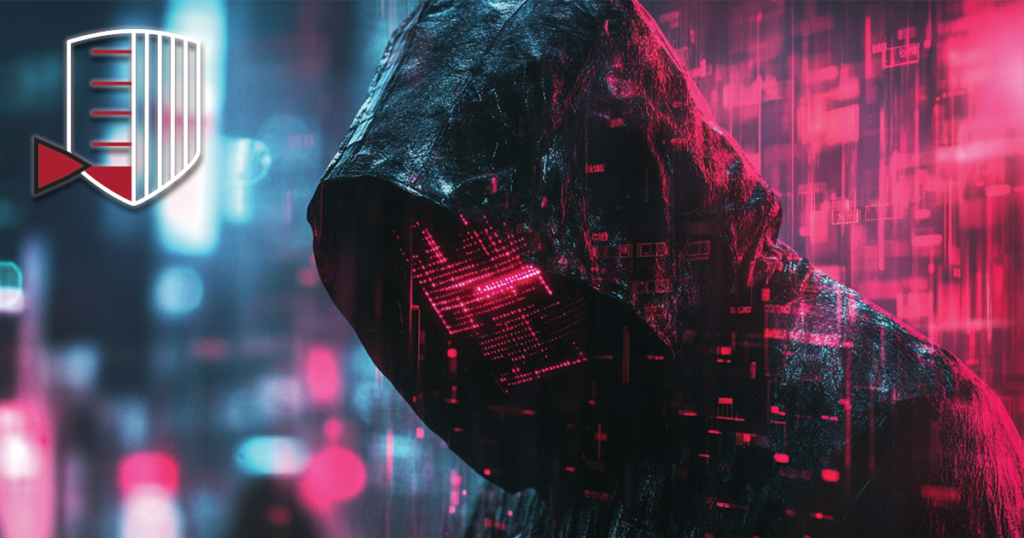In today’s rapidly evolving technological landscape, data centers are becoming faster, smarter, and highly scalable. While these advancements are necessary to keep up with increasing data demands, they also present new vulnerabilities that cybercriminals eagerly exploit. Network security devices might be the front door to an IT environment, locked and fortified against external threats, but many attackers are increasingly seeking access through the back doors—the thousands of smart power strips with outdated firmware scattered across data center racks. These seemingly mundane devices can become entry points for hackers looking to breach data center security.
The Overlooked Threat: Smart Power Strips in Data Centers
Most data centers, regardless of their size, employ a mixed bag of smart power strips from different manufacturers. These devices, often with various firmware versions and features, play a crucial role in distributing power to racks of servers and other equipment. But despite their importance, smart power strips are frequently neglected when it comes to cybersecurity. This oversight creates an ideal opportunity for hackers to infiltrate an environment that otherwise has a robust defense system.
A Prime Target for Hackers
Hackers are becoming increasingly sophisticated, constantly seeking unconventional methods to bypass security measures. While network security devices, like firewalls and intrusion detection systems, remain a primary focus for protection, attackers are turning their attention to the weakest links in the chain—devices that lack the same level of scrutiny. Smart power strips in data centers represent one such vulnerability.
Data centers of significant size are almost guaranteed to have a wide variety of smart power strips with inconsistent firmware updates. Each different make, model, and firmware version adds a new layer of complexity, making it difficult to manage and secure these devices uniformly. Hackers can exploit outdated firmware and default passwords to gain control, effectively bypassing the secured network front door and walking through the unsecured back door.
The Rising Threat Landscape: Data Centers in the Crosshairs
The threat landscape for data centers is evolving rapidly. As these critical infrastructures grow more advanced, they become increasingly attractive targets for various malicious actors, including hacktivists, ransomware groups, state-sponsored hackers, and cybercriminals. The motives behind these attacks range from financial gain to espionage, political statements, and even sabotage.
Common Attack Scenarios
Once inside the data center environment, hackers can leverage their access to cause significant damage. Some of the most common attack scenarios include:
1. Manipulation of HVAC Systems: Hackers can disrupt heating, ventilation, and cooling systems, causing servers to overheat and fail, potentially leading to catastrophic hardware damage.
2. Ransomware Attacks: Cybercriminals can lock administrators out of Data Center Infrastructure Management (DCIM) applications, demanding ransom in exchange for regaining control.
3. Power Supply Disruption: By gaining control of the smart power strips, attackers can manipulate the power supply, causing critical components to shut down, leading to system outages.
4. Data Theft: Sensitive information stored within the data center can be stolen and sold on dark web markets or used for malicious purposes.
A recent article by Cyble Research Labs highlighted that over 20,000 data center intelligent monitoring devices, thermal cooling management systems, and rack power monitors have been exposed globally. These vulnerabilities often stem from outdated firmware and default passwords that haven’t been changed, offering an easy point of entry for cybercriminals.
The Importance of Firmware in Data Center Security
Firmware plays a fundamental role in the operation and security of data center hardware. It is the software that controls and operates the device’s functions at the most basic level. Ensuring that firmware is kept up to date is essential for maintaining a secure and resilient data center.
Why Firmware Updates Are Critical
Firmware updates are not merely optional maintenance; they are vital for addressing vulnerabilities that could be exploited by hackers. Here are some key reasons why keeping firmware up to date is crucial:
1. Addressing Known Vulnerabilities: Outdated firmware is often rife with vulnerabilities that hackers can exploit. Updating firmware closes these security gaps and reduces the risk of unauthorized access.
2. Enhancing Security Features: Updates frequently come with new security features that provide enhanced protection against emerging threats, making it harder for hackers to breach systems.
3. Ensuring Compatibility: As data centers integrate new hardware and software components, firmware updates are necessary to ensure these elements work seamlessly together, maintaining system stability and performance.
4. Preventing Operational Disruptions: Updated firmware helps maintain the smooth functioning of devices, reducing the risk of system failures that could disrupt data center operations.
Consequences of Neglecting Firmware Updates
Failing to keep firmware up to date can have severe consequences, potentially leading to costly data breaches, system downtime, and irreparable damage to an organization’s reputation. Hackers who gain access through outdated firmware can:
Manipulate critical settings: This can lead to system malfunctions and operational disruptions that impact the entire data center’s performance.
Corrupt or steal data: Sensitive information could be compromised, resulting in significant financial losses and damage to the organization’s reputation.
Shut down critical infrastructure: Attackers could gain control over power supplies, forcing entire data centers to shut down, disrupting services for clients and partners.
The Cyble Research Labs investigation uncovered numerous cases where default passwords and outdated firmware led to the exposure of critical systems. Such lapses in security can open the door for attackers, making it easier for them to execute their malicious plans.
Best Practices for Firmware Security Management
To mitigate the risks associated with smart power strips and other devices with outdated firmware, organizations need to adopt a comprehensive approach to firmware management. Here are some best practices for maintaining firmware security in data centers:
1. Regular Updates: Ensure that all firmware is consistently updated with the latest patches and security enhancements provided by manufacturers.
2. Enforce Strong Password Policies: Replace default passwords with strong, unique passwords across all devices to prevent unauthorized access.
3. Implement Strict Access Control: Limit the number of personnel who can modify or update firmware to reduce the risk of accidental or malicious changes.
4. Continuous Monitoring and Auditing: Regularly monitor device activity and conduct audits to identify any potential vulnerabilities or breaches.
5. Vendor Coordination: Stay informed about security advisories from device vendors and apply recommended patches promptly to address emerging threats.
6. Automate Firmware Updates: Utilize automated tools to schedule and manage firmware updates, ensuring that devices are kept secure without the need for constant manual intervention.
Managing a Heterogeneous Environment: The Nlyte Software Solution
One of the biggest challenges in data center operations is managing the diverse array of devices with varying firmware versions. In a typical data center, power strips and other devices come from multiple vendors, each with its own management and update requirements. Keeping this environment secure can be daunting.
How Nlyte Software’s Device Management Solution Addresses the Challenge
Nlyte Software offers a powerful solution to streamline firmware management for smart power strips and other devices within data centers. Here’s how it can transform firmware management:
1. Seamless Integration: Nlyte’s platform supports the integration of devices from multiple vendors, simplifying the management of a heterogeneous environment.
2. Operational Efficiency: By automating firmware updates, Nlyte reduces the time and effort required to keep devices up to date, minimizing human error and increasing reliability.
3. Cost-Effectiveness: The solution eliminates the need for multiple management tools, reducing operational costs and complexities.
4. Enhanced Security: By ensuring that all rack power strips and related devices have the latest security patches, Nlyte fortifies the data center against potential cyberattacks.
5. Scalability: The platform supports data center growth without limiting the choice of device brands, making it a future-proof solution for expanding operations.
Bulk and Remote Firmware Updates with Nlyte
One of the most significant advantages of Nlyte’s Device Management Solution is its ability to handle bulk and remote firmware updates. Data center administrators can update thousands of devices simultaneously, ensuring that all smart power strips are secure and up to date without the labor-intensive process of manual updates. This approach not only saves time but also drastically reduces the risk of vulnerabilities caused by inconsistent firmware versions.
See It in Action
Experience the power of Nlyte’s Rack Power Management Solution and discover how it can transform your data center operations. Watch our solution in action on YouTube and explore further details on our datasheet.
Conclusion: A Proactive Stance on Data Center Security
In an era where cyber threats are becoming increasingly sophisticated, data centers must go beyond traditional network security measures to protect their infrastructures. Smart power strips and other seemingly minor devices in the data center are potential backdoors that can be exploited if not properly secured. The key to closing these vulnerabilities lies in adopting a proactive approach to firmware management.
By regularly updating firmware, implementing strict security measures, and utilizing advanced tools like Nlyte Software’s Device Management Solution, organizations can significantly reduce the risk of cyberattacks. As the data center landscape continues to evolve, maintaining a robust, multi-layered security strategy is essential to safeguard critical infrastructure and ensure uninterrupted operations. The future of data center security depends not only on securing the front door but also on locking the back door against potential threats.



